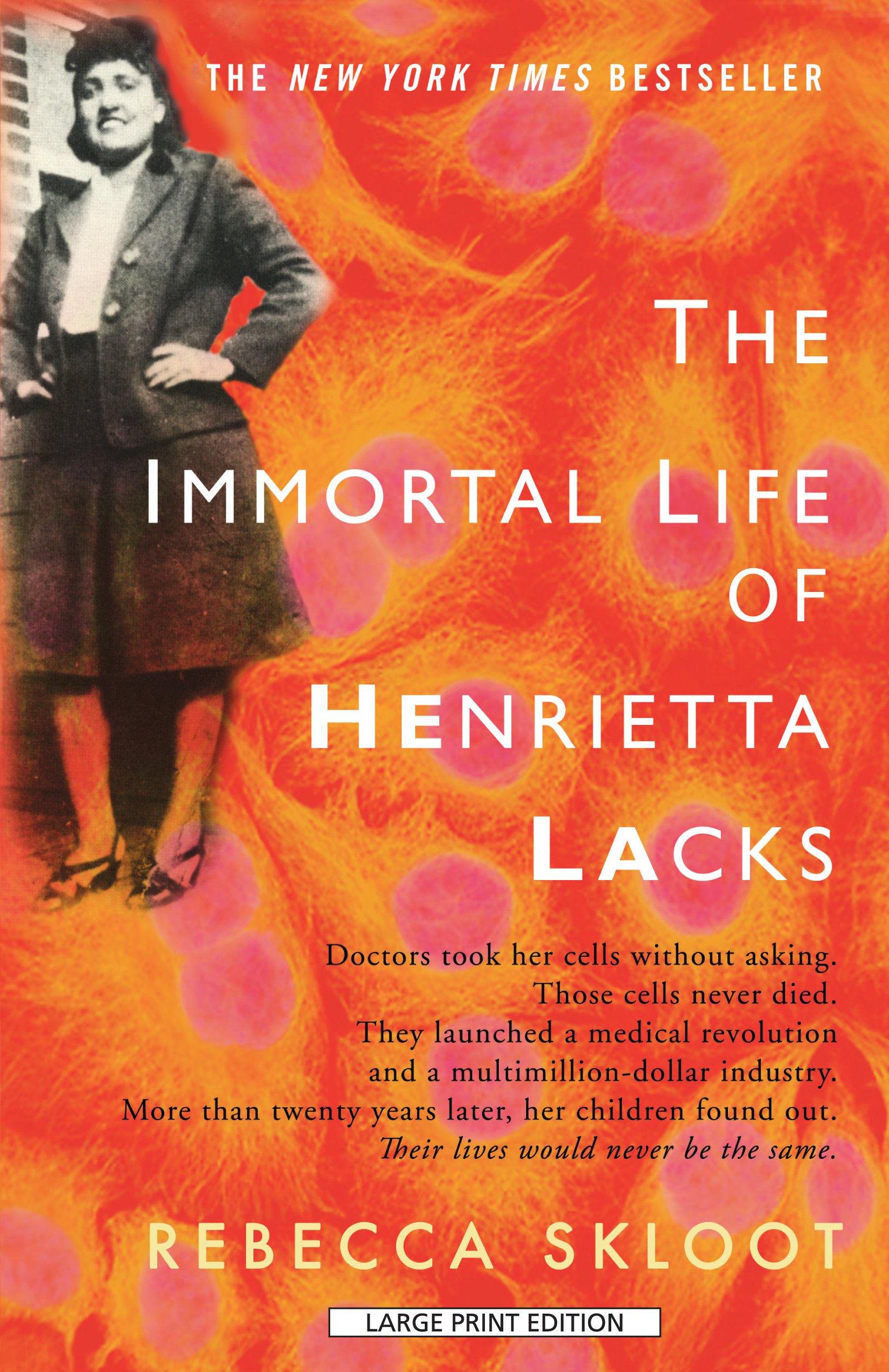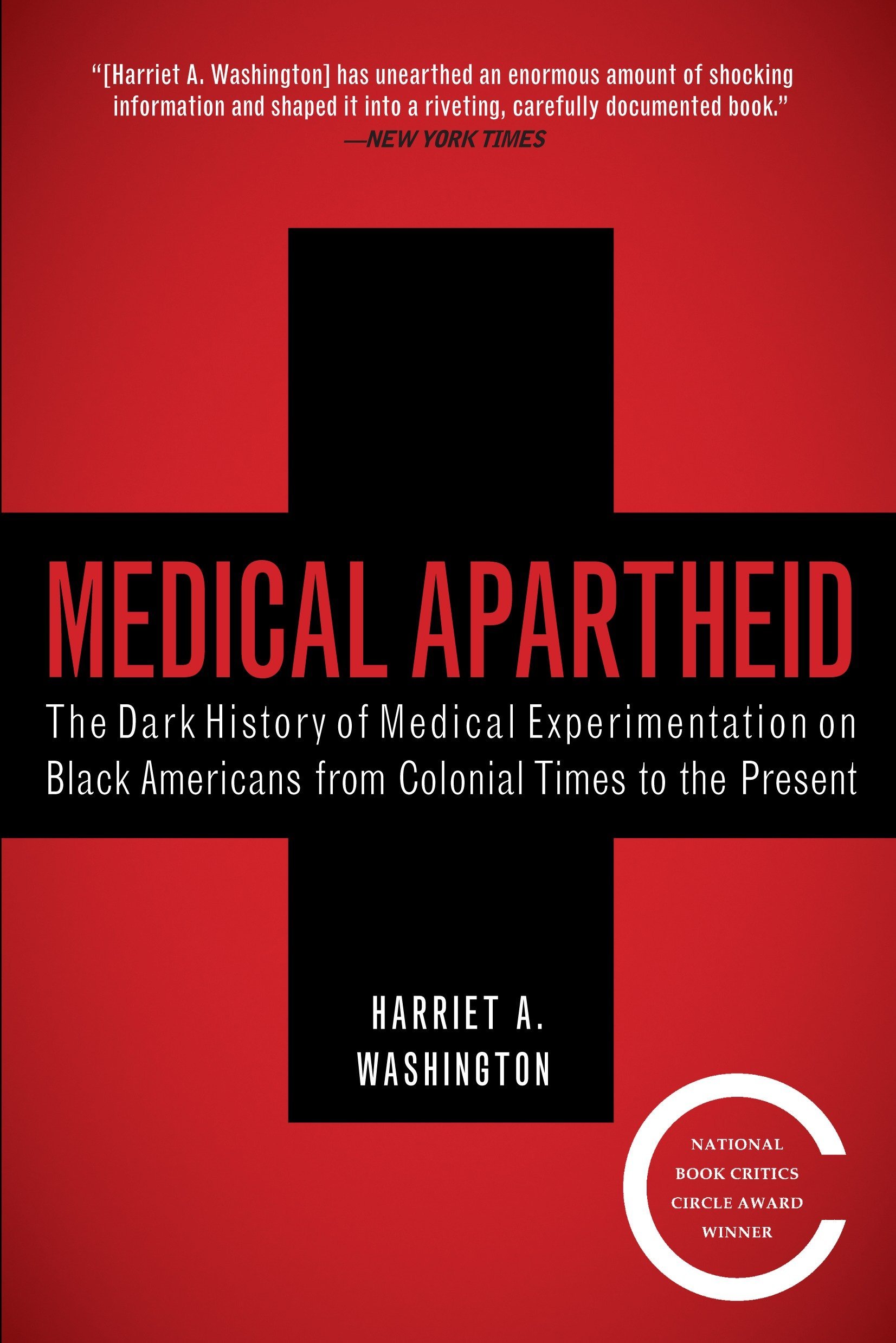This history of medicine and health care in the United States is rooted in systemic racism. These historical structures are unfortunately woven into modern medicine and their impacts are still felt today. Addressing racism, discrimination, and other systemic barriers within the medical and health care system must happen to effectively promote health equity for all Americans. In this section of the Lived Experience, we will look at historical and contemporary issues that impact the physical and mental health of people who have been racialized by those systems.
From 1619 when the first enslaved people were brought to the British Colony of Virginia until June 19, 1865, when the last enslaved Black person was emancipated in the USA, Black people, and especially Black women, endured violent medical treatment and experimentation against their will. Enslaved Black people’s bodies were exploited for the development of some aspects of US medical education in the 19th century. Medical schools relied on enslaved Black bodies as “anatomical material” and recruited students in southern states by advertising its abundance. This practice was widespread in the 19th and early 20th centuries. American medical education relied on the theft, dissection, and display of bodies, many of whom were Black. The Virginia Medical College, for example, employed a Black man named Chris Baker as its “resurrectionist” to steal freshly buried Black bodies to use for dissection. Baker was the resurrectionist from the 1880s until his death in 1919.
The history of medicine and health care in the USA is marked by racial injustice and myriad forms of violence: unequal access to health care, the segregation of medical facilities, and the exclusion of African Americans and other BIPOC people from medical education are some of the most obvious examples. These, together with inequalities in housing, employment opportunities, wealth, and social service provision, produce disproportionate health disparities by race. The medical community needs to confront these painful histories of structural violence to develop more effective anti-racist and benevolent medical and public health responses to entrenched medical and health inequalities, as well as the current COVID-19 pandemic.
Videos
We recommend you watch the following videos to complement the text.
Books
We recommend you read the following books to complement the text.
Additional Resources
To further enhance your learning, check out other recommended podcasts, academic articles, news articles, and websites.
Academic Articles
Check back soon






